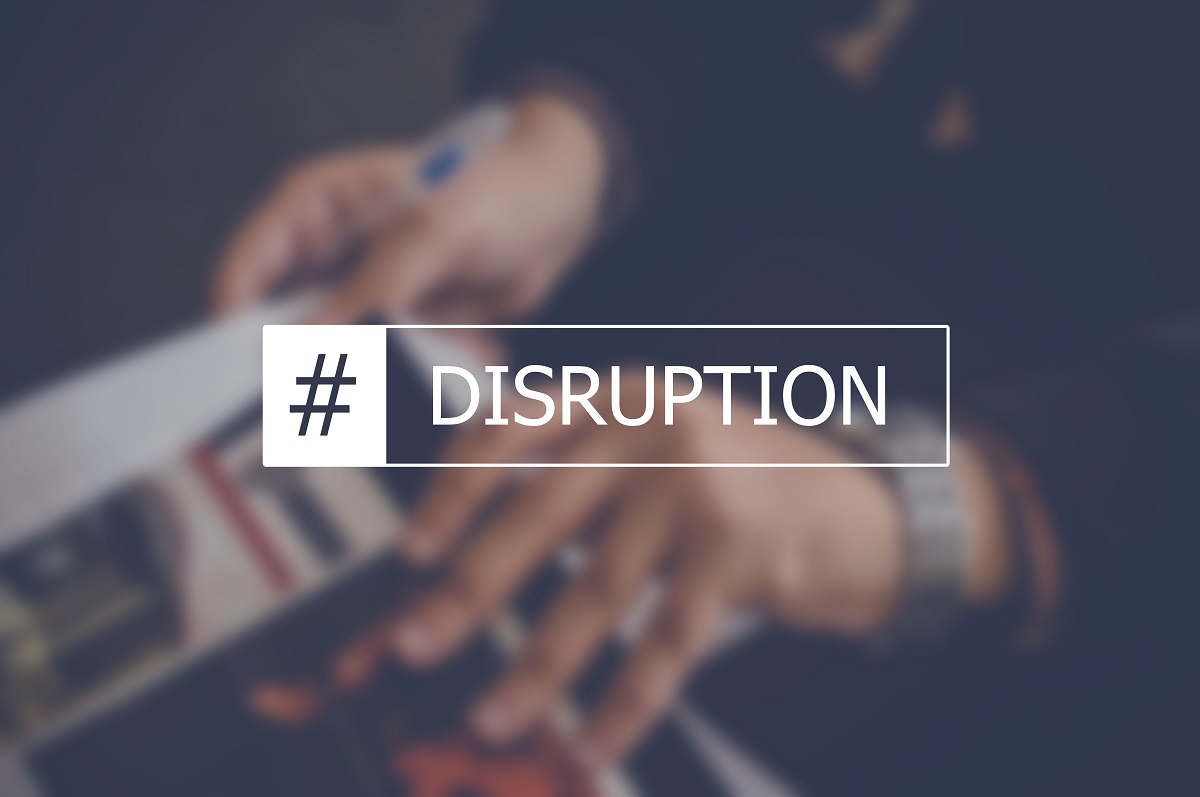Technology
Why Disruption is not Disruptive Anymore

In the past decade, disruption was the in-thing. You’d see this word in every pitch deck, in meetings with entrepreneurs or even in boardrooms with an investors.
Do we need a reality check when it comes to using this word?
First, let’s understand what disruption is
The word disruption first made its way into the business glossary in the year 1997 when Clatyon Christensen published his book – The Innovator’s Dilemma. He stated in his book that companies which take care of their customers’ future needs, rather than just the current ones, will be the real game changers or disrupt the way business is done by the established players.
The disruptors create markets when there aren’t any. They create demand even when the customers don’t know whether they are ready for it.
Sadly, every startup or business has used and abused the term over the years to call every innovation as ‘disruption.’
Let’s explain with an example
The big picture of Netflix
Netflix is a prime example of disruption because it has truly changed the way we watch TV in our living rooms. The company saw the future of blazing internet speeds, and the ways in which it would transform the entertainment industry.
Therefore, from being just a platform that delivers movies on demand by mail, Netflix became a subscription-based streaming service with rich, original content. No wonder, the company is worth billions today.
The iPhone began ringing in 2008
The iPhone was disruptive because it changed the way we touched, viewed and used our phones. Plus, it changed the face of manufacturing and assembling phones forever. Today, The QWERTY keypad phones are almost extinct.
In both the examples, there was no market that existed until these disruptors came in and created on.
This then brings us to the next point:
Uber is not disruptive
Yes, many experts might not agree. Technically speaking, for disruption to take place a market must be non-existent, which is not the case for Uber, which already had an existing market for taxis. What it did was tap into the market with a superior product, technology and experience.
The bottomline
Every innovation is not a disruption and businesses need to know when and how to use it. At the same time rather than just innovating, companies need to understand their customers and be proactive in adapting. And the last but not the least, technology is a part of innovation. Businesses have to change their core products and services with or without technology.
-

 Leaders Speak2 months ago
Leaders Speak2 months agoDhofar International Development and Investment Company: Driving Sustainable Growth and Strategic Synergies in Oman’s Investment Landscape
-

 Economy1 month ago
Economy1 month agoMaal Card: What Oman’s New National Payment Card Means for Everyday Users
-

 Events2 months ago
Events2 months agoOER Corporate Excellence Awards 2025 Honours Entities and Innovations in Oman
-

 Arts and Culture2 months ago
Arts and Culture2 months agoOminvest and Bait Al Zubair Launch “Future Frames” to Empower Youth through Art and AI
-

 News1 month ago
News1 month agoSheikh Suhail Bahwan, Chairman of Suhail Bahwan Group, Passes Away
-

 News2 months ago
News2 months agoMs. Noor Saldin, Founder of Modern Generation International School, Wins Woman of the Year 2025; School Honored for Empowering Future Female Leaders
-

 Economy1 month ago
Economy1 month agoOman Unveils Official Omani Rial Symbol in Landmark Move to Boost Global Currency Presence
-

 News4 weeks ago
News4 weeks agoOIG Appoints New CEO to Lead Its Next Chapter of Excellence






























You must be logged in to post a comment Login